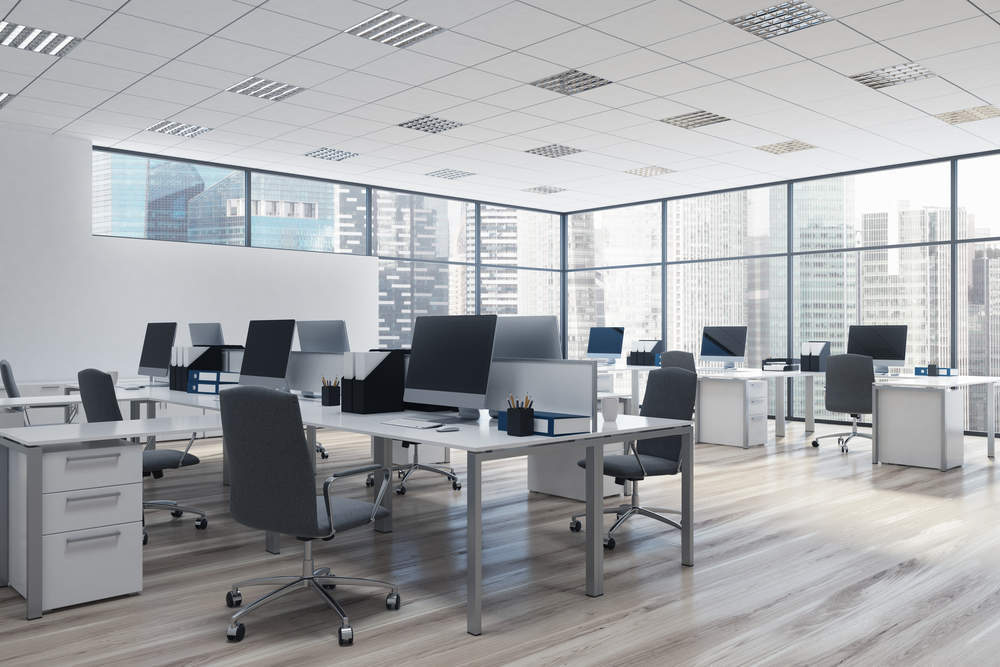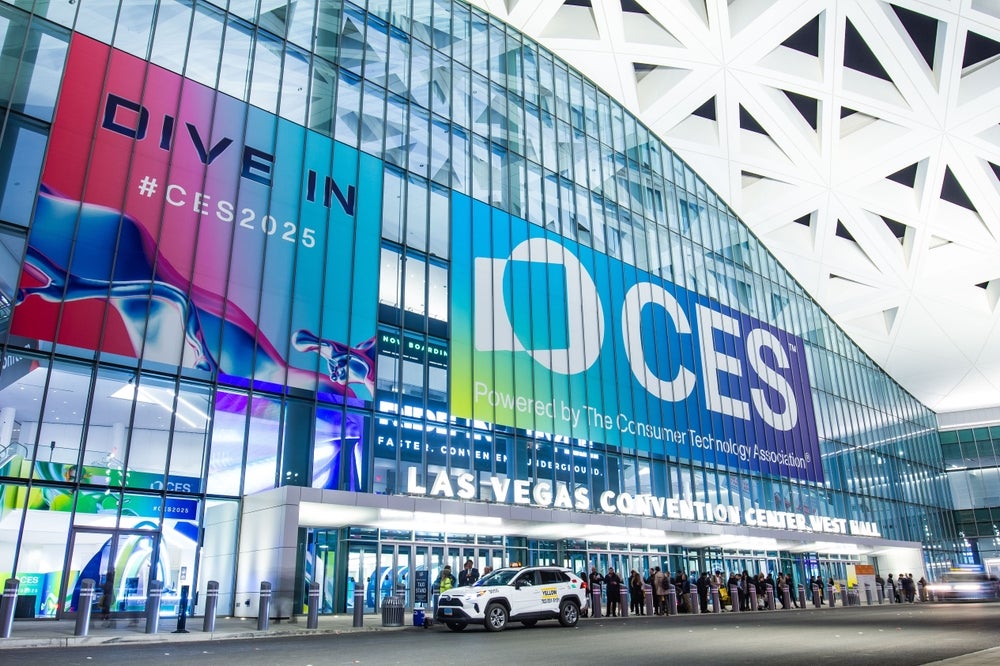
Office space is one of the most costly expenses for employers. And yet, despite paying the price, studies have found that some 40% of office space remains vacant at any one time.
Hot-desking, whereby office workers aren’t assigned a desk, but take an unoccupied one if and when they need it, has been shown to reduce the costs of running an office by as much as 30%. What’s not to love for cost-cutting employers?
But is it really as good for businesses as it first seems?
Using data provided exclusively to Verdict by Workthere, we explore the effectiveness of hot-desking and how employees actually feel about it.
Workthere quizzed 500 office workers with experience of hot-desking to get their thoughts on the increasingly common cost-cutting practice.
The issues with hot-desking
From an employer’s perspective, hot-desking seems simple: reduce unnecessary office space, save money.
How well do you really know your competitors?
Access the most comprehensive Company Profiles on the market, powered by GlobalData. Save hours of research. Gain competitive edge.

Thank you!
Your download email will arrive shortly
Not ready to buy yet? Download a free sample
We are confident about the unique quality of our Company Profiles. However, we want you to make the most beneficial decision for your business, so we offer a free sample that you can download by submitting the below form
By GlobalDataYet, this view excludes the feelings of those that have to work in the environment. According to the study, just 47% of employees actually prefer to hot-desk over having their own space in their workplace.
It is this – the lack of personal space – that seems to be a major issue for most employees. The biggest complaint of hot-desking was the inability to personalise desk space. Some 67% of respondents expressed dissatisfaction due to this.
Given that employees will frequently change places in the office, there is no room for personal items like photographs, plants and trinkets. Some psychologists have attributed this to a decline in morale in offices that switch to hot-desking practices. They claim that this is result of employees feeling like a cog in the machine rather than an individual.
Contempt of (office) court
Most offices have rules in place to stop employees holding onto particular areas of the office. Many ban employees from moving between two desks. Others limit the amount of time that an employee can occupy the same desk.
However, teams often become separated and spread out around the office as a result. This can damage communication and impact results. Some 65% of respondents claimed to feel “unsettled” as a result of hot-desking.
Likewise, the majority of workers feel that many of the office etiquette rules regarding hot-desking are ignored by those in senior positions. Some 65% of respondents felt that different rules applied to different employees depending on their seniority. Many also felt that the best seats had to be kept available for the most senior colleagues.
While 57% of employees feel genuinely free to sit where they want, that means that four in every 10 employees do not. That’s 40 unhappy employees in a business of 100, 400 in a business of 1,000 and 4,000 in a business of 10,000.
To put it simply, hot-desking makes a lot of people unhappy, and unhappy employees cost businesses billions each year.
Hot-desking: Lower costs, lower productivity
Past research showed that encouraging flexible working could save UK businesses as much as $44.5bn annually. However, the cost of these savings is a loss of productivity, which can have a negative impact on economic performance.
Some 54% of office workers feel that hot-desking makes the office a more open and welcoming space. People spend more time mixing with colleagues that they otherwise wouldn’t talk to in a regular workplace environment.
And yet, while frequent workplace chatter might help to keep boredom at bay, it isn’t so good for the employer. This can lead to constant noise distractions not only for those conversing, but those around them too.
John Hawksworth, chief economist at PwC, previously told Verdict that the “holy grail” of economic growth remains productivity.
And yet, the data shows that just 46% of workers feel that they are more productive when working in a hot-desking environment compared to working at their own desk. Likewise, just 16% of those strongly agreed, with the majority feeling that there was only a minor productivity boost.
The study found that similar numbers felt that hot-desking made them more efficient and more creative. However, that also means that approximately 54% of workers feel that hot-desking provides either no boost or a negative boost to productivity.
Hot-desking has its perks. Yet surely maximising productivity and ensuring economic success should come above cutting costs.
So is there any hope for hot-desking?
Hot-desking comes with its fair share of problems, but the majority feel that it is capable of working effectively when done right.
Many employers feel that enforcing set rules is the answer. According to those surveyed, some 87% of workplaces have brought in rules to combat poor hot-desking etiquette. For example, 31% of offices had brought in rules to stop people eating at their desks, while 21% of offices had rules to ensure people were switching desks appropriately to combat against those switching between the same two desks.
Yet, most feel that hot-desking works best when these policies aren’t in place. Some 58% of those surveyed said that hot-desking only really works if there are no switching policies in place, allowing employees to sit wherever they choose. However, just 13% of offices currently allow their employees that freedom.
By encouraging employees to mingle, rather than forcing them to, hot-desking can lead to higher team morale and more cross-team collaboration, results showed.
Cal Lee, founder of serviced office specialists Workthere, told Verdict:
“Co-working is synonymous with hot-desking as start-ups and freelancers alike seek to take advantage of cheaper open-plan office space where they also have the opportunity to collaborate with like-minded or complimentary businesses.”
“As we can see from the results of the survey, done in the correct way, hot-desking can provide a number of opportunities in any office environment for both staff and the overall business.”






